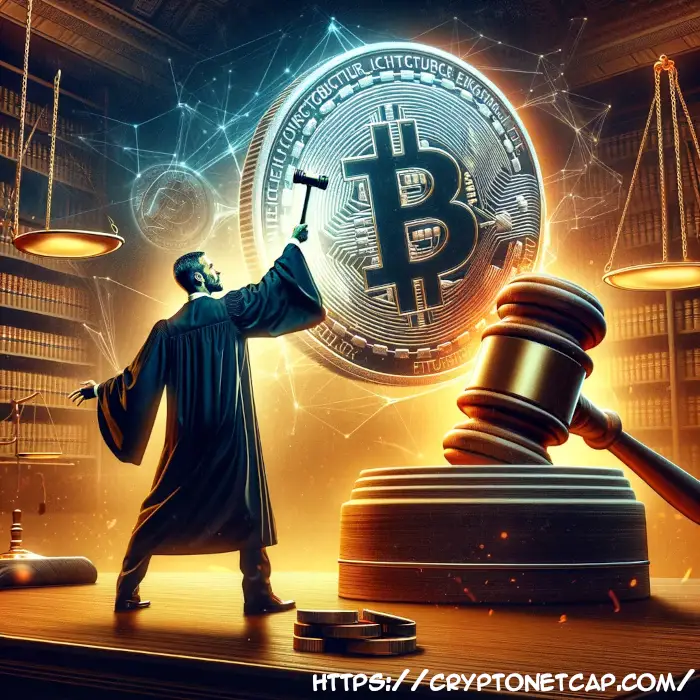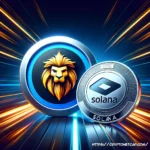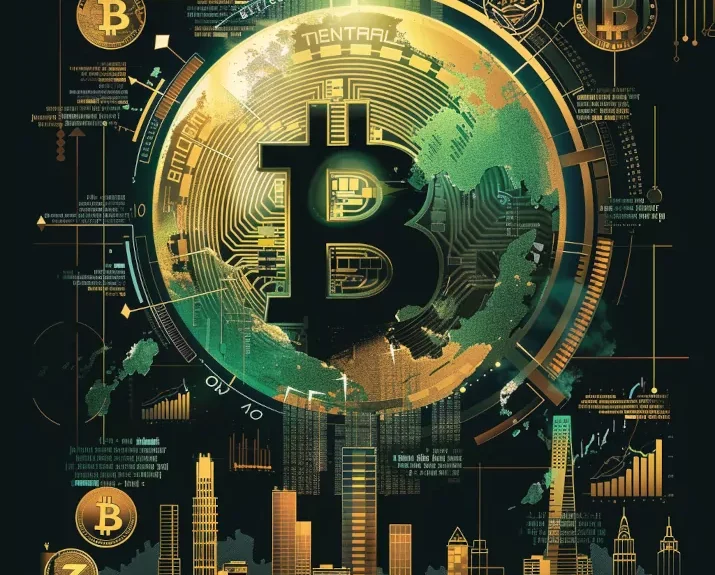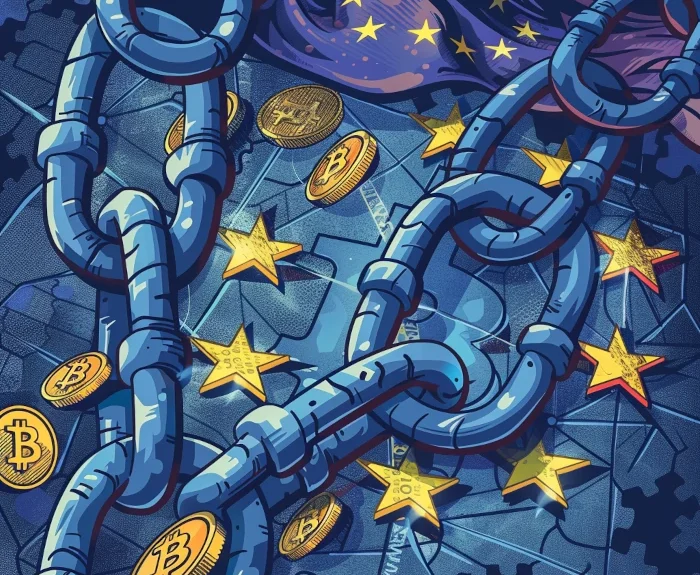In the rapidly evolving crypto landscape, FTX’s recent settlement to sell its European arm, FTX Europe, back to its founders for $32.7 million marks a significant chapter in the saga of one of the industry’s biggest players. This decision, emerging from the ashes of ambitious expansion and subsequent legal turmoil, sheds light on the challenges and strategic recalibrations within the crypto exchange domain. Here’s a deeper dive into this development and what it signals for the European crypto market and FTX’s future.
The Genesis of FTX Europe
FTX’s foray into the European market, through the acquisition of the Swiss startup Digital Assets AG (DAAG) — later rebranded as FTX Europe — for $323 million, was a bold stride towards global expansion. This move, however, soon entangled FTX in a web of financial and legal complexities, culminating in a dramatic fallout. Understanding the ambition behind this acquisition offers insights into FTX’s initial strategy to dominate the global crypto exchange market.
The Settlement Unpacked
The decision to sell FTX Europe for just a tenth of its acquisition cost underscores the dire straits FTX found itself in after bankruptcy. Beyond its financial aspects, this settlement reveals the depth of FTX’s challenges in finding a viable path forward amid its broader corporate crisis. The return of FTX Europe to its original founders, Patrick Gruhn, and Robin Matzke, not only closes a contentious chapter but also raises questions about the valuation and due diligence practices in the fast-paced crypto industry.
Legal Entanglements and Strategic Missteps
The backdrop to the sale is a complex web of legal battles and allegations of overvaluation. FTX’s claim that the purchase was an “overpayment” financed with customer funds and the counterclaims by DAAG’s founders reflect the legal and ethical quagmires that can entangle crypto exchanges. This section delves into the legal strategies employed by both sides and the implications for corporate governance in the crypto space.
The Ripple Effect on European Crypto Market
FTX Europe’s sale, amidst interest from major players like Coinbase, Crypto.com, and Trek Labs, highlights the strategic importance of the European market in the global crypto ecosystem. This interest from leading exchanges underscores a keen competition for market share and influence in Europe, a region known for its stringent regulatory environment but also its high potential for crypto adoption.
FTX’s Path to Redemption
As FTX navigates through its bankruptcy proceedings, the sale of its European division is a crucial step in its efforts to repay creditors and regain stability. This move, coupled with the planned sale of over $1 billion in shares of Anthropic, an AI company, signifies FTX’s strategic attempts to liquidate assets for creditor recovery. This section explores the broader strategy behind FTX’s asset liquidation and what it signifies for the company’s future.
The Future Landscape for FTX Europe
With FTX Europe returning to its founders, the crypto community is keenly watching what the future holds for this entity. The challenges and opportunities ahead for Gruhn and Matzke in re-establishing the brand and navigating the competitive European crypto market are significant. This final section speculates on potential strategies and the impact of FTX Europe’s revival on the regional crypto landscape.
Conclusion: A New Chapter in Crypto Commerce
The sale of FTX Europe is more than a transaction; it’s a narrative of ambition, adversity, and adaptation in the volatile world of cryptocurrency. For FTX, it represents a crucial step towards resolving its financial woes, while for the European crypto market, it signals a reconfiguration of competitive dynamics. As the dust settles, the crypto industry at large learns from FTX’s saga, seeking sustainable growth strategies amidst the market’s inherent uncertainties.






